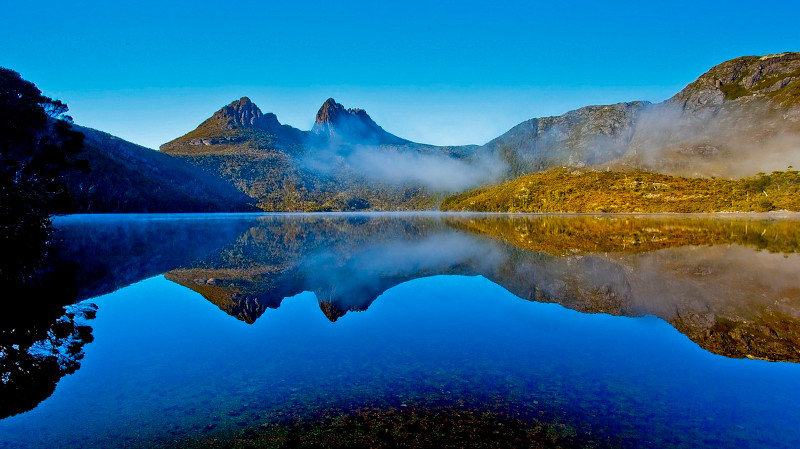
Cradle Mountain Facts
- This majestic creation of time and geological processes currently goes by the surprisingly simple english language name of Cradle Mountain. Yet, it previously held another title. The equally simple, though different, english tag Ribbed Rock preceded it.
- History does not record the name of the first outside explorer to actually see this wonder of Nature. English surveyors Joesph Fossey and Henry Hellyer were the first such to explore and climb the site, though. That took place in 1827, and again in 1828.
- Ancient Indigenous Peoples inhabiting the beautiful region long knew of its existence, however. Archaeological evidence indicates that aboriginal populations first moved into the area around 35,000 years ago. No record of their name for it exists.
- Today, the magnificent Cradle Mountain forms a central component of the aptly-named Cradle Mountain-Lake St Clair National Park. This status does serve to provide the stunning natural formation with a certain measure of protection.
- That situation nonetheless qualifies as a bit of a double-edged sword. Its protected status does serve to prevent industrialization of the area. But, the sheer beauty of the wonder of Nature draws many visitors. That allows for potential damage to its state.
Related Articles
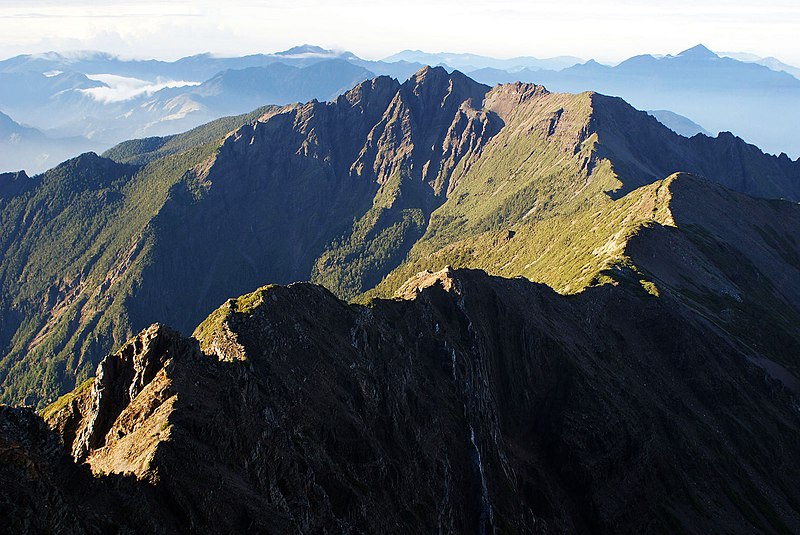
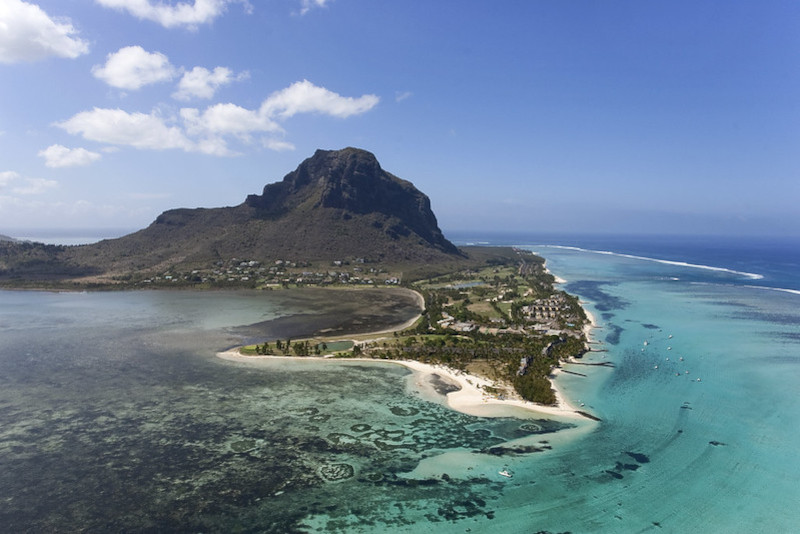
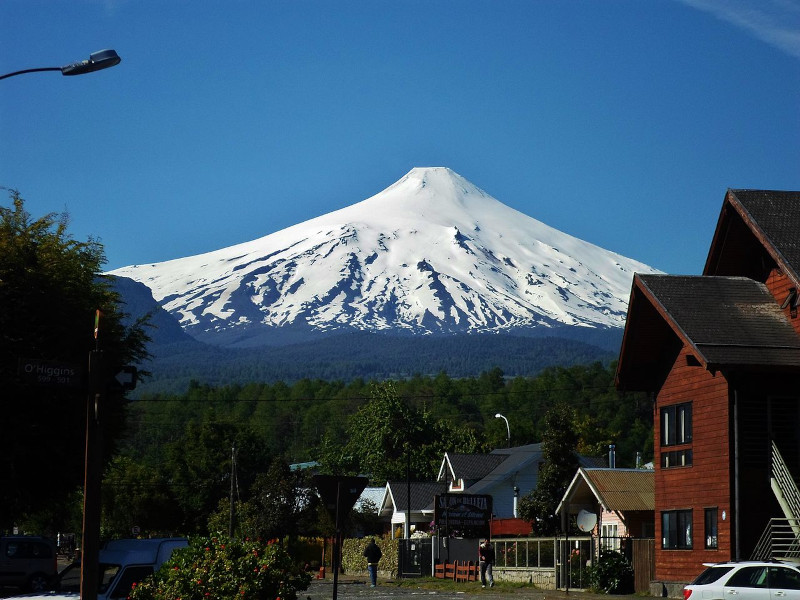
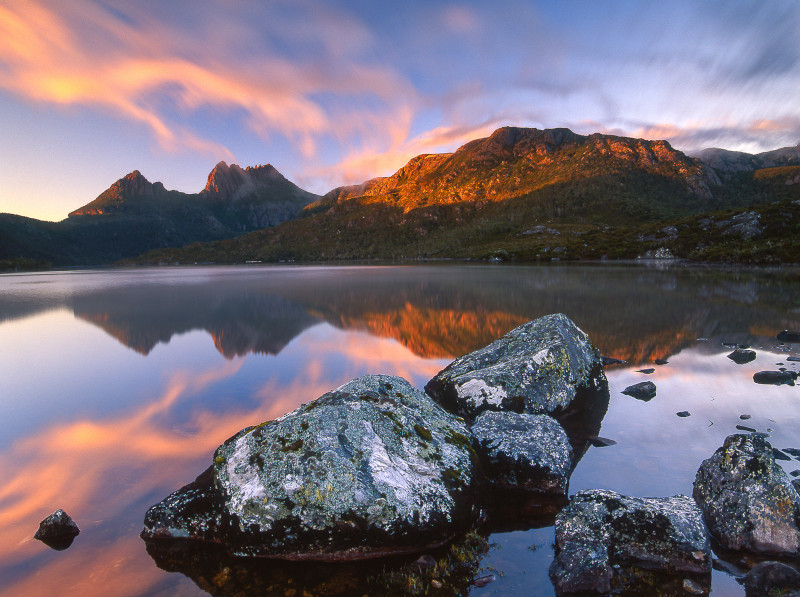
Crale Mountain Physical Description
The breathtaking Cradle Mountain instantly captivates all those fortunate enough to visit this marvel of natural formation. Yet, though its sheer beauty certainly captures one’s attention, the site also boasts numerous other physical attributes to impress visitors.
The name generally now applied to it stems from its supposed resemblance to a cradle typically used in the mining of gold. Part of that belief comes from the fact that the mountain actually holds four named summits. Each of them has its own appreciable traits.
Though the name’s applied to the entire mountain as a whole, only one summit formally holds the name. That’s the tallest of them, towering 5,069 ft (1,545 m) above the surrounding landscape. Smithies Peak measures only slightly shorter, though, at 5,010 ft (1,527 m).
Following these two in order of height comes the equally impressive one named Weindorfer’s Tower. This summit stands 4,787 ft (1,459 m) over the region. And last, but certainly not least, Nature created Little Horn. This crest measures roughly 4,446 ft (1,355 ft).
Yet, perhaps the most startlingly beautiful aspect of Cradle Mountain continues to be the presence of three lovely lakes. These bear the names of Crater lake, Lake Wilks, and Dove lake. The latter is the largest, with a total area measuring approximately 210 acres (86 ha).
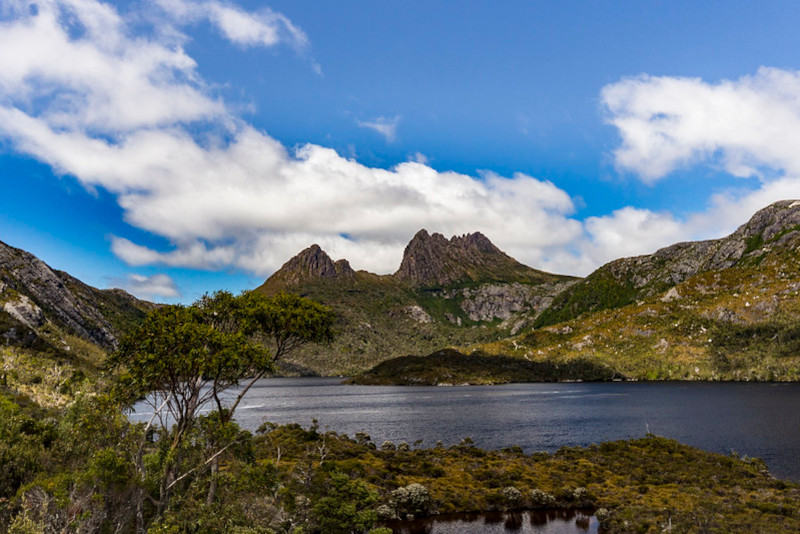
Cradle Mountain Location, Formation, and Ecology
The mesmerizing Cradle Mountain formed in a remote but beatiful part of the world. For some, at least, though, that location won’t come as any surprise. That’s because this wonder of geology resides on the island of Tasmania, a gorgeous island state of Australia.
The island on which the awesome mountain lies sits roughly 150 mi (240 km) south of the mainland of Australia. Its precise placement further puts it in the general northwest section of the island. That area itself is comprised of the majestic Central Highlands.
The exact timeline for the formation of this astonishing site isn’t currently known to modern science. Evidence does indicate, however, that the stone comprising it pushed up through sediment deposited sometime between 300 million to 150 million years ago.
Subsequent to that, the actions of multiple glaciers during the Pleistocene Period began carving out its distinctive features. This occurred sometime between 2.6 million – 11,700 years in the past. Erosion by wind and water has since added to that, though slightly.
The magnificent Cradle Mountain of today isn’t just a geological wonder. It also plays host to a thriving abundance flora and fauna. Much of the various plant life found here consists of sub-alpine and alpine species. That includes beech trees, grasses, and sedges.
Given these conditions, numerous animals also call the location home. Mammals found here include wombats and Tasmanian Devils. Many birds additionally live here, including peregrine falcons and certain eagles, who make their nest on the mountain cliffs.
Nature still isn’t finished with its creation, though. Though less common than other creatures, reptiles also live here. At least one species of highly poisonous snake appear in the area. It’s further well known for the relatively large presence of several varieties of fungi.
Features Sharing Its Region
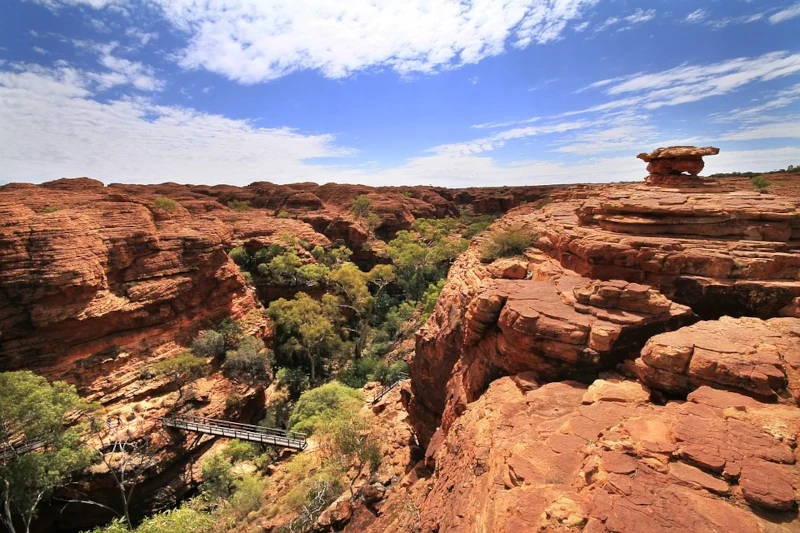
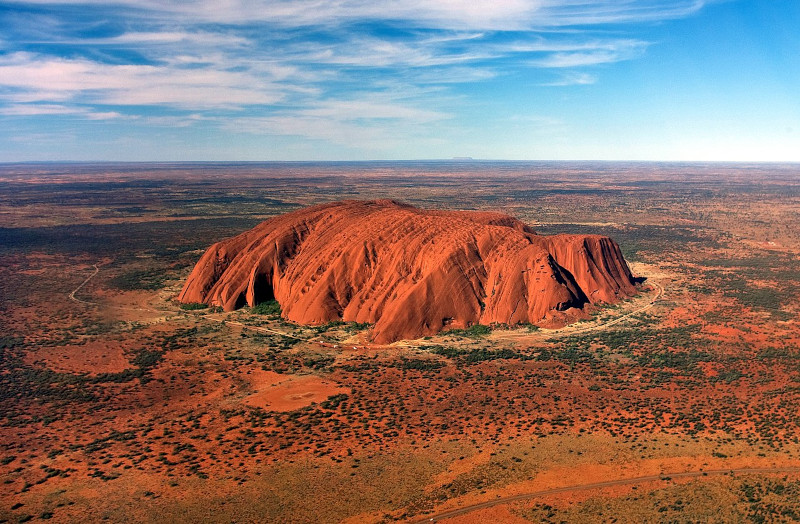
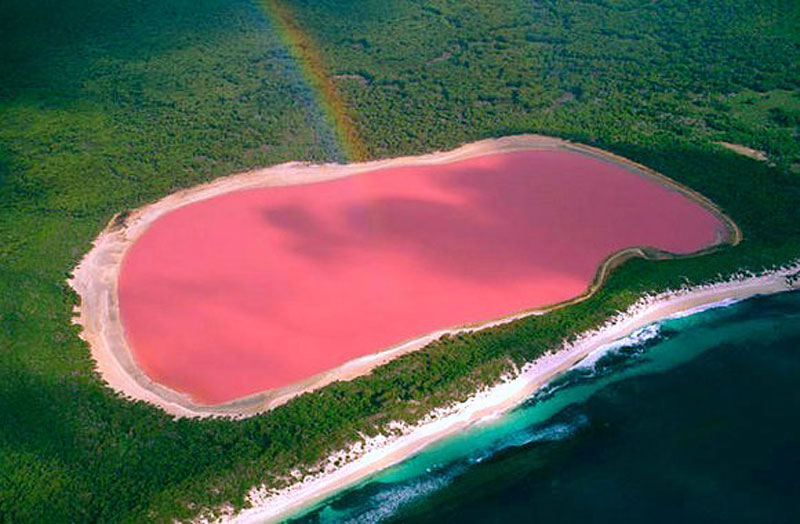
Check out our other articles on 7 Magnificent West Coast Marvels, Golden Jackal, Blyde River Canyon, Indian Vulture, Great Rhododendron, Scarce Swallowtail, Jamaican Iguana









Leave a Reply